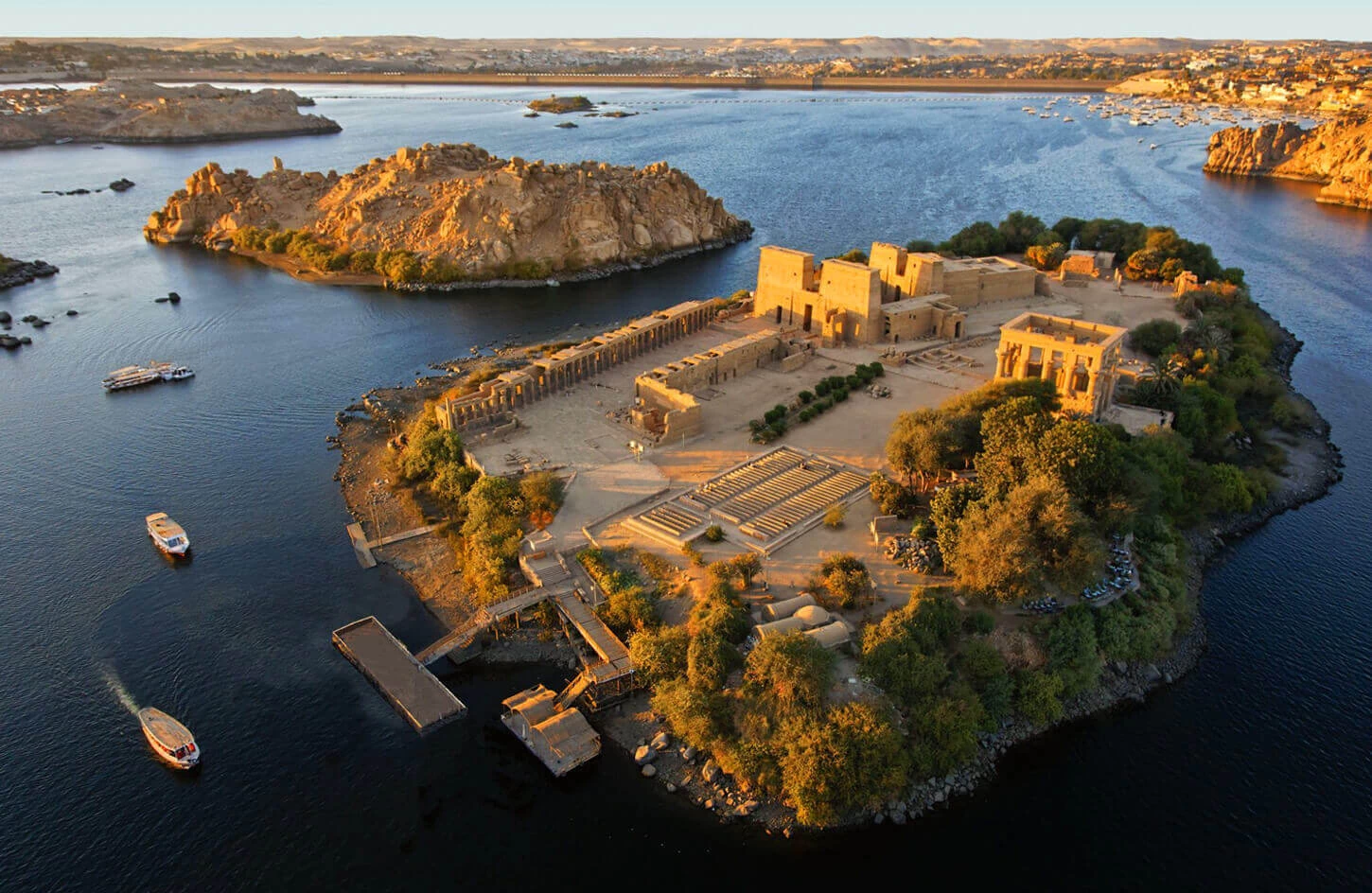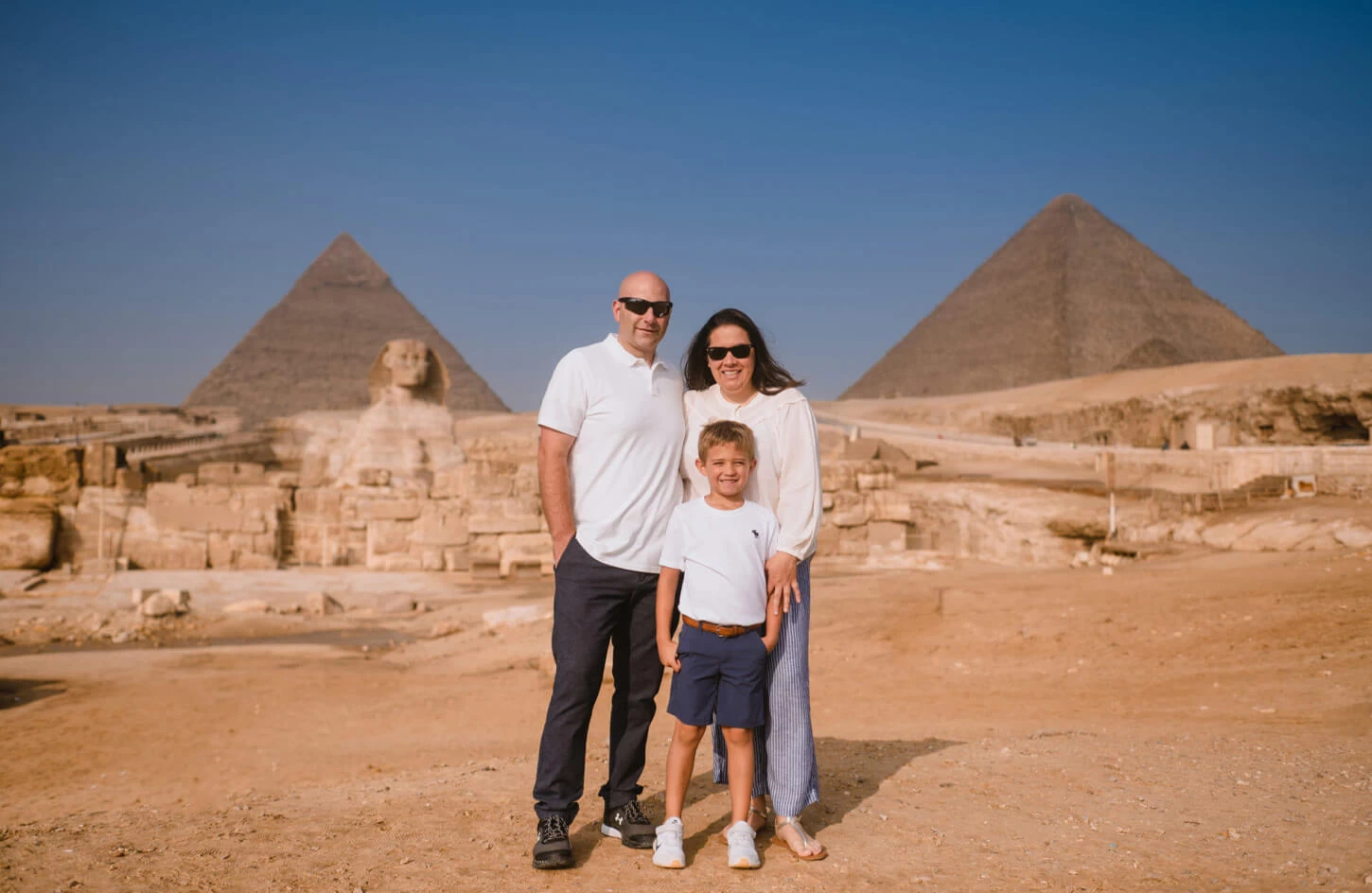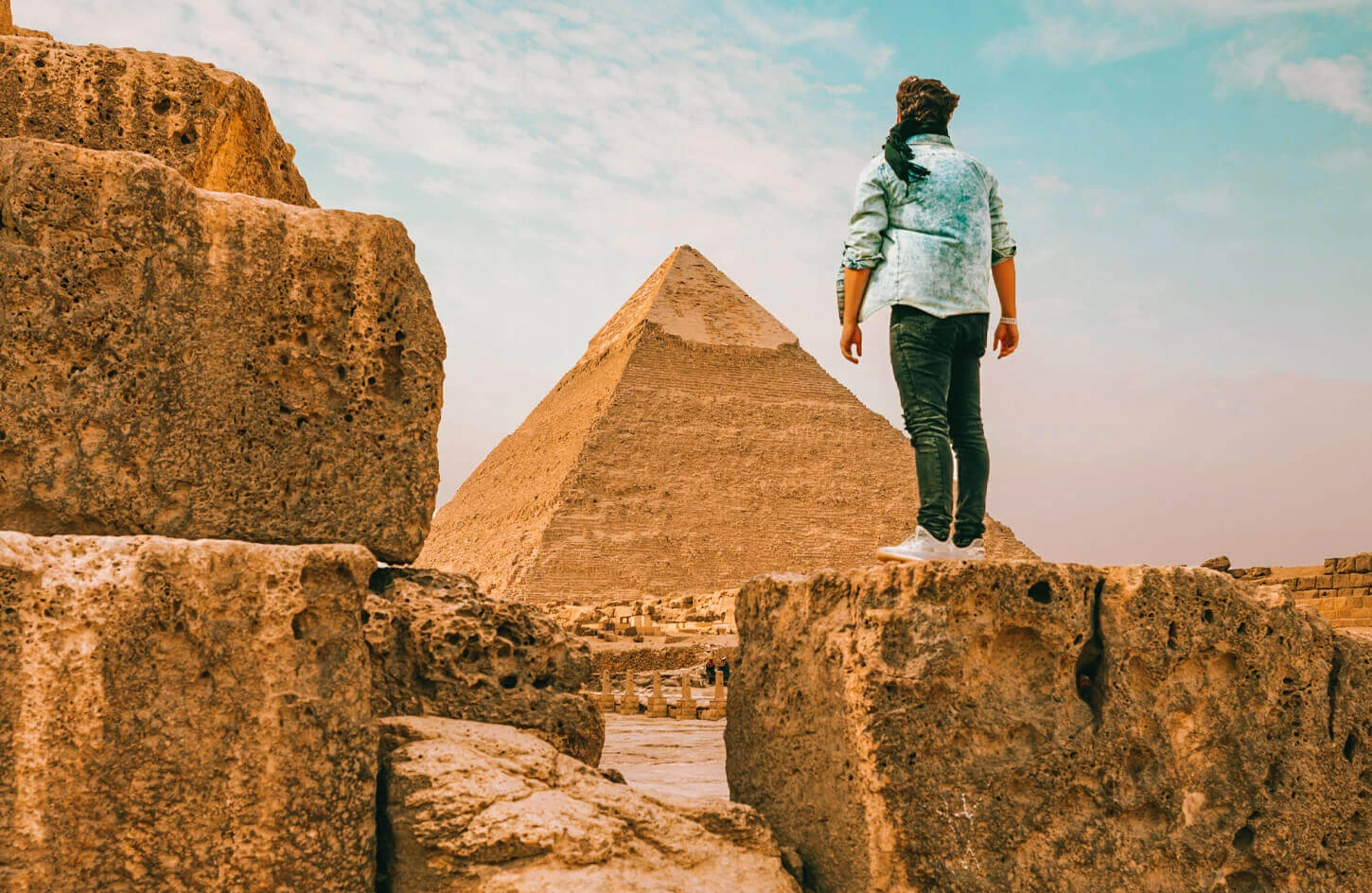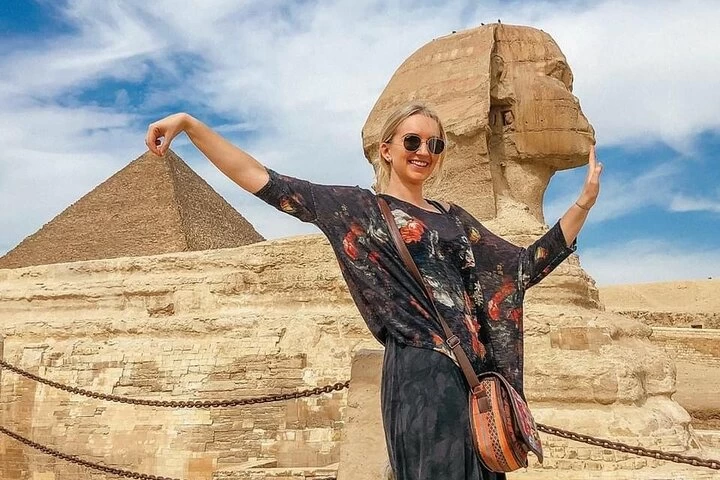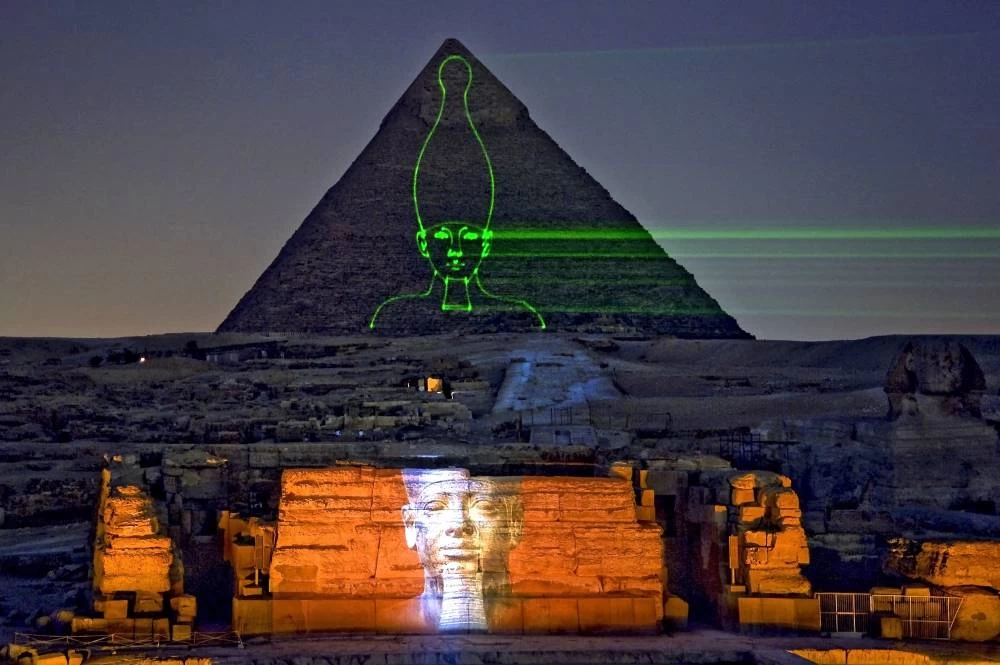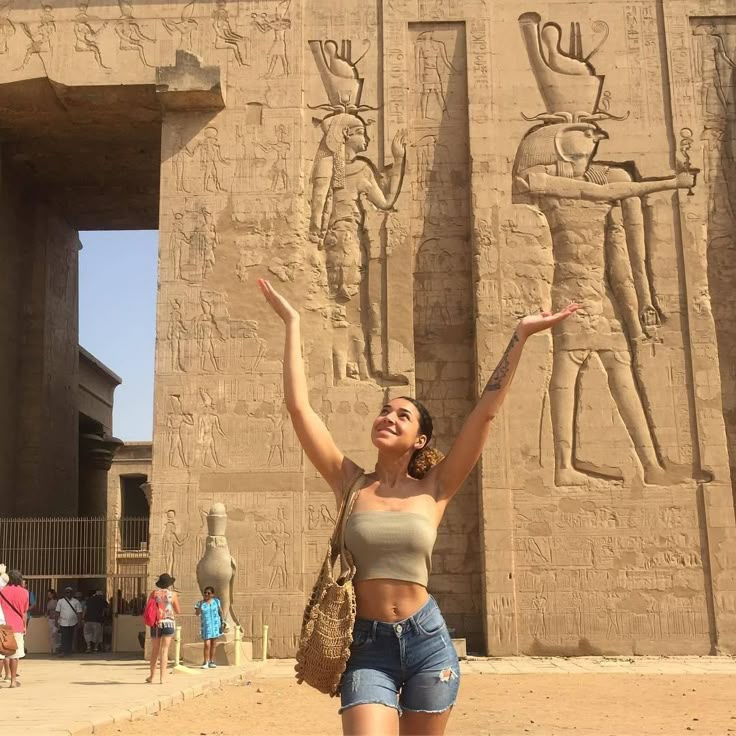Nubian Museum
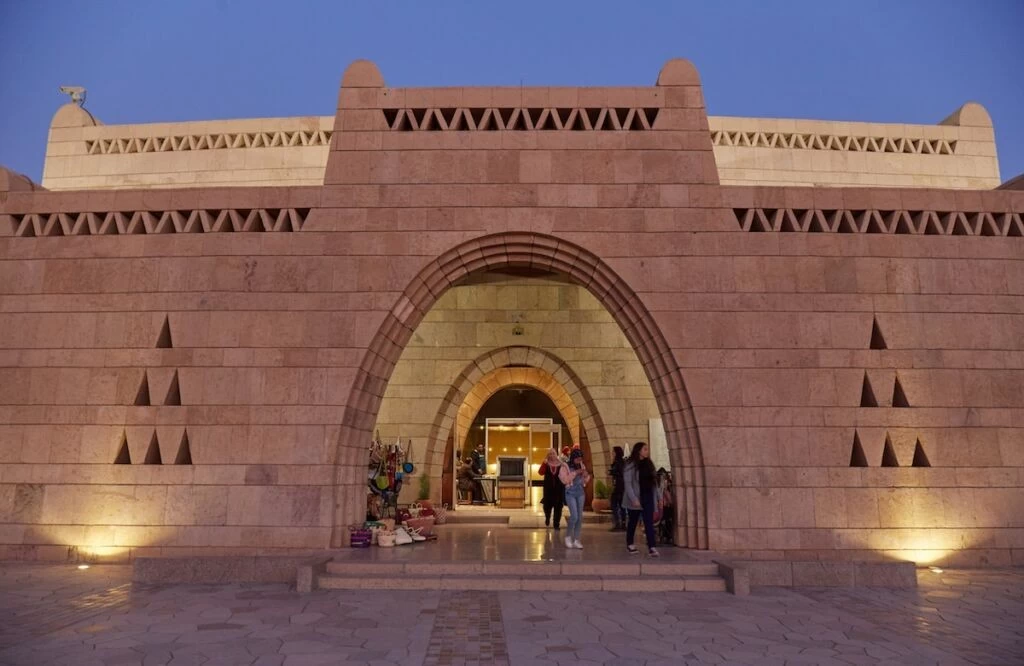
In the center of Aswan, the Nubian Museum is a place to go for an immersion into the heritage, history, and culture of the Nubian people. Established in 1997, it houses an extensive collection of items and parts that elaborately express the evolution of this ancient culture, starting from Nubian civilization into its current significance in Egyptian history. It's the place to visit for those interested in history or just going through Egypt as they learn about one of the oldest, most fascinating cultures found in Egypt.
The History of the Nubian Museum and Its Importance
The Nubian Museum is built to preserve and display the Nubian treasures. Nubia is the land from southern Egypt to northern Sudan. The museum was also born in response to the construction of a dam at Aswan. Actually, this dam submerged a lot of the famous Nubian temples, towns, and other important local sites, so it becomes imperative to save the cultural artifacts of the area.
Key Highlights:
- The Impact of the Aswan High Dam: The museum highlights the consequences of the Aswan High Dam on Nubian heritage and how it played a role in saving many invaluable artifacts from submersion.
- Cultural Relations: This museum focuses on the profound cultural and religious contacts that Egypt has developed with Nubia over the centuries, as evidenced in the history they share.
Must-See Exhibits at the Nubian Museum
The Nubian Museum, with more than 3,000 artifacts, presents a rich tapestry of Nubian history. Below are some exhibits not to be missed:
Statues and Sculptures: Statues of Nubian kings, queens, and deities, mostly dating back to the 25th Dynasty of Egypt when Nubian pharaohs ruled, may be among the most impressive.
Nubian Jewelry: The museum presents gold jewelry art in necklaces, rings, and earrings, which were symbols of luxury and sophistication among Nubian elite.
Pottery and Tools: These articles showcase the daily lives of ancient Nubians and are testimonies to their craftsmanship and way of life.
Architecture of the Nubian Museum
The Nubian Museum is an artwork in itself, lovingly crafted by the architect Mahmoud El-Hakim. The building utilizes sandstone, which is a material common with Nubian architecture; has been designed to resemble traditional Nubian houses; and fits the site so beautifully that it affords breathtakingly gorgeous views over the Nile.
Architectural elements:
The Nubian Domes: The domes and arched windows of the museum are traditionally found in Nubian architecture.
Open Courtyards: The layout includes great courtyards, adding serenity to the visitor experience.
The Museum’s Role in Preserving Nubian Culture
The Nubian Museum not only houses historical artifacts but also plays an important role in the preservation of Nubian culture today. The museum works in collaboration with the Nubian community to safeguard and promote various aspects of their cultural practices, including music, dance, language, and handicrafts.
Main Contributions
Cultural Education: The museum conducts workshops and educational programs for the appreciation of Nubian culture.
Supporting Local Artisans: The museum also provides an opportunity for the display and sale of the works of Nubian artisans in order that traditional crafts may be preserved and transferred to the next generation.
A visit to the Nubian Museum is more than just an exploration of artifacts; it’s a step into the heart of Nubia’s rich and enduring culture. Whether you are passionate about ancient history, intrigued by Nubian traditions, or simply fascinated by beautiful architecture, the Nubian Museum offers a unique and enriching experience. It celebrates not just the history but also the spirit of the Nubian people, their culture, and their resilience. Make sure to add the Nubian Museum to your list of must-see destinations when visiting Egypt.
